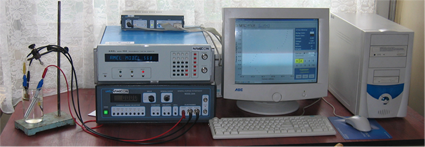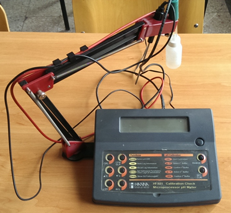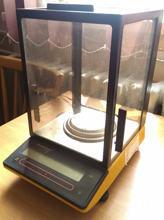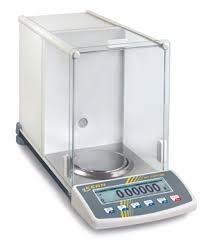Corrosion Laboratory
Room JI 106
Team:
Lecturer
Raluca Ioana Zamfir-Andronic
Assoc.prof.
Cosmin Mihai Cotrut
Lecturer
Maria Diana Vranceanu
Expertise:
Corrosion behaviour of different materials at various temperatures and electrolytes.

Potentiostat/Galvanostat, Amel 2049 (Amel)
This instrument is well suited for routine purposes and long-term applications such as corrosion measurements under stress or whenever it is required to perform continuous measurements without using higher-cost instrumentation.
The Model 2049 is completed with a 4'/2-digit LCD display for clear and accurate reading of both current and potentials. These signals are also permanently available as low-impedance replicas at the front-panel in order to simplify the connection of external devices. The low-noise characteristics make the Model 2049 well suited for low-current applications, while the extreme simplicity of the commands together with the fully-protected circuits make this potentiostat the ideal choice for industrial and classroom applications.
Technical Specifications:
- Output voltage: ±22V
- Output current: ±1.2A (Continuous)
- Output current (Peak): ±1.6A (5 sec peak)
- Controlled potential range: ±5.000V
- Controlled potential resolution: 1 mV
- Operating modes: Potentiostat or Galvanostat (floating or grounded)
- Galvanostat ranges: 7 decades 1µA up to 1A
- Galvanostat setting resolution: 0.1% of the selected range
- Reference input leakage current: < 5x10 -11 A @ 25°C

pH/mV/0C Bench Metrers HI-221 (Hanna Instruments)
Technical Specifications:
- Range: 2 to 16 pH, ±2000mV, -20 to 120 0C
- Resolution: 0.01 pH, 1mV, 0.1 0C
- pH calibration: 1 or 2 point

Analytical balance Sartorius Basic (Sartorius)
Technical Specifications:
- Weighing range/capacity: 110 g
- Readability: 0.0001 g
- Reproducibility (standard deviation): ≤±0,0001 g

Precision analytical balace ALT 100-5AM (Kern)
Technical Specifications:
- Automatic calibration
- Weighing range/capacity: 100 g
- Readability: 0.01 mg
- Reproducibility (standard deviation): ≤±0,03 mg
Also: metallographic microscope, laboratory furnace and oven, fume hood
Didactic activities
Conducting didactic laboratories within the following disciplines for undergraduate study programs: Materials Corrosion, Biomaterials Degradation.
Research activities
The laboratory was involved in several research projects for both national and international as well as economic projects with various companies. Also, offer support for the undergraduate/postgraduate students and PhD students in their activities stipulated in the research plans.
Remarks
Interconnection/Subordinate: Department of Metallic Materials, Physical Metallurgy
Integration: Corrosion Science and Engineering
Complementarities: Electrochemistry & Surface Functionalization Laboratory, Scanning Electron Microscopy and Microanalysis, Qualitative and Quantitative Analysis Laboratory